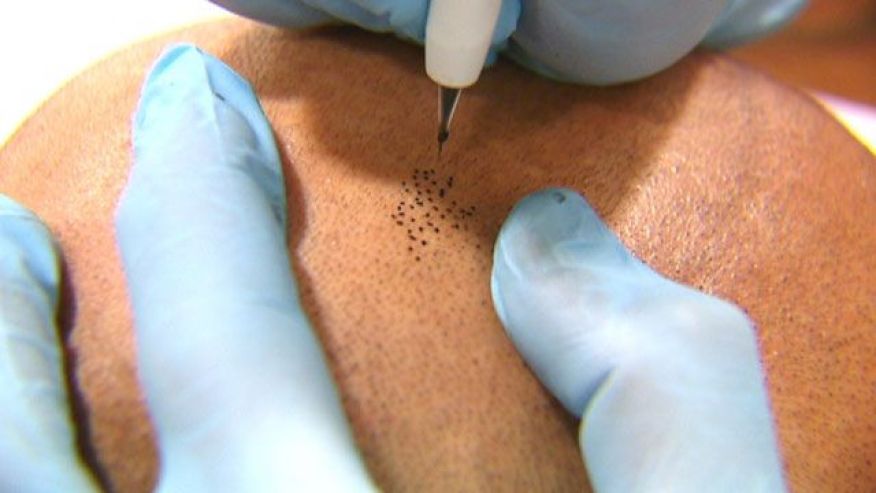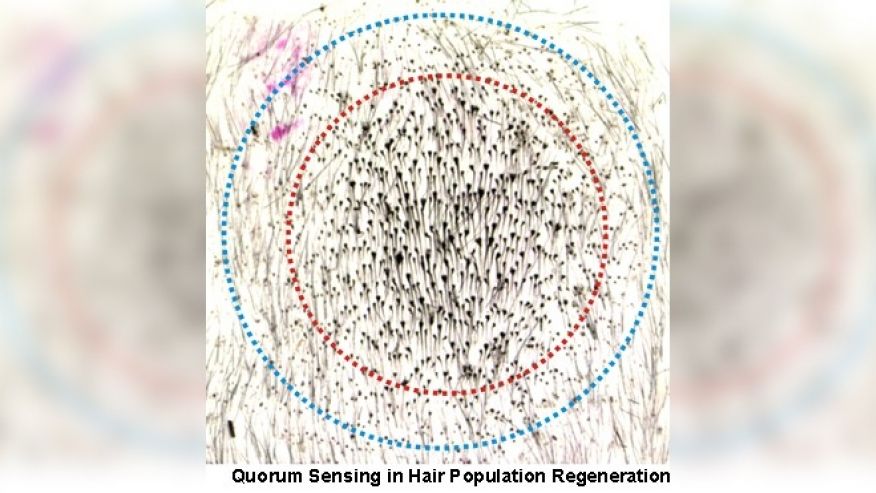Researchers at Schepens Eye Research Institute of Massachusetts Eye and Ear have shown a link between mitochondrial dysfunction in corneal endothelial cells and the development of Fuchs’ Endothelial Corneal Dystrophy. This study, published yesterday in the journal, Antioxidants & Redox Signaling, is the first study to demonstrate that lifelong accumulation of oxidative DNA damage leads to mitochondrial dysfunction and subsequent cell death in the tissue of the corneal endothelium. These changes are the result of free radical-induced molecular changes that are characteristic of FECD.
FECD is an age-related and genetic eye disease that affects up to four percent of the U.S. population over the age of 40 and is becoming more prevalent in women. It is one of the most common causes of corneal swelling and may progress to blindness if left untreated. Currently, corneal transplantation is the only course of treatment to restore lost vision in patients with FECD.
“Our first goal is to identify the cause of cell death in FECD,” said Ula Jurkunas, M.D., Principal Investigator on the study, Associate Professor of Ophthalmology at Mass. Eye and Ear and Harvard Medical School (HMS), and Co-Director of the HMS Ophthalmology Cornea Center of Excellence. “This is a significant advancement in that process and moves us one step closer to our ultimate goal, which is to provide FECD patients with alternative and safer treatments options to transplantation.”
The function of the corneal endothelium is to keep the cornea clear. Because endothelial cells do not divide in humans, they are very prone to DNA damage from ultraviolet light or from the byproducts of energy production in the mitochondria. In FECD, the underlying genetic defects make the corneal endothelial cells even more susceptible to damage, and eventually cause dysfunction in the mitochondria.
In their study, the researchers detected an increase in mitochondrial and nuclear DNA damage in FECD and correlated the damage with loss of mitochondrial energy production. The result was mitochondrial fragmentation followed by release of cytochrome c, a small protein associated with the inner membrane of the mitochondrion. These age-induced molecular changes underscore the degenerative aspects of FECD pathogenesis. Although surgical therapies are effective in treating FECD, they all involve tissue transplantation. The research team will now focus on development of novel cytoprotective and anti-aging therapies that could provide alternative and safer treatment options for FECD patients.
[Source:- Medicalnewstoday]
















